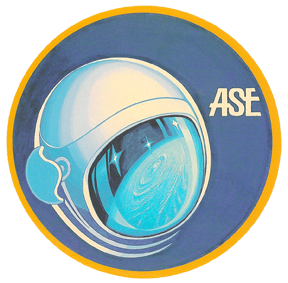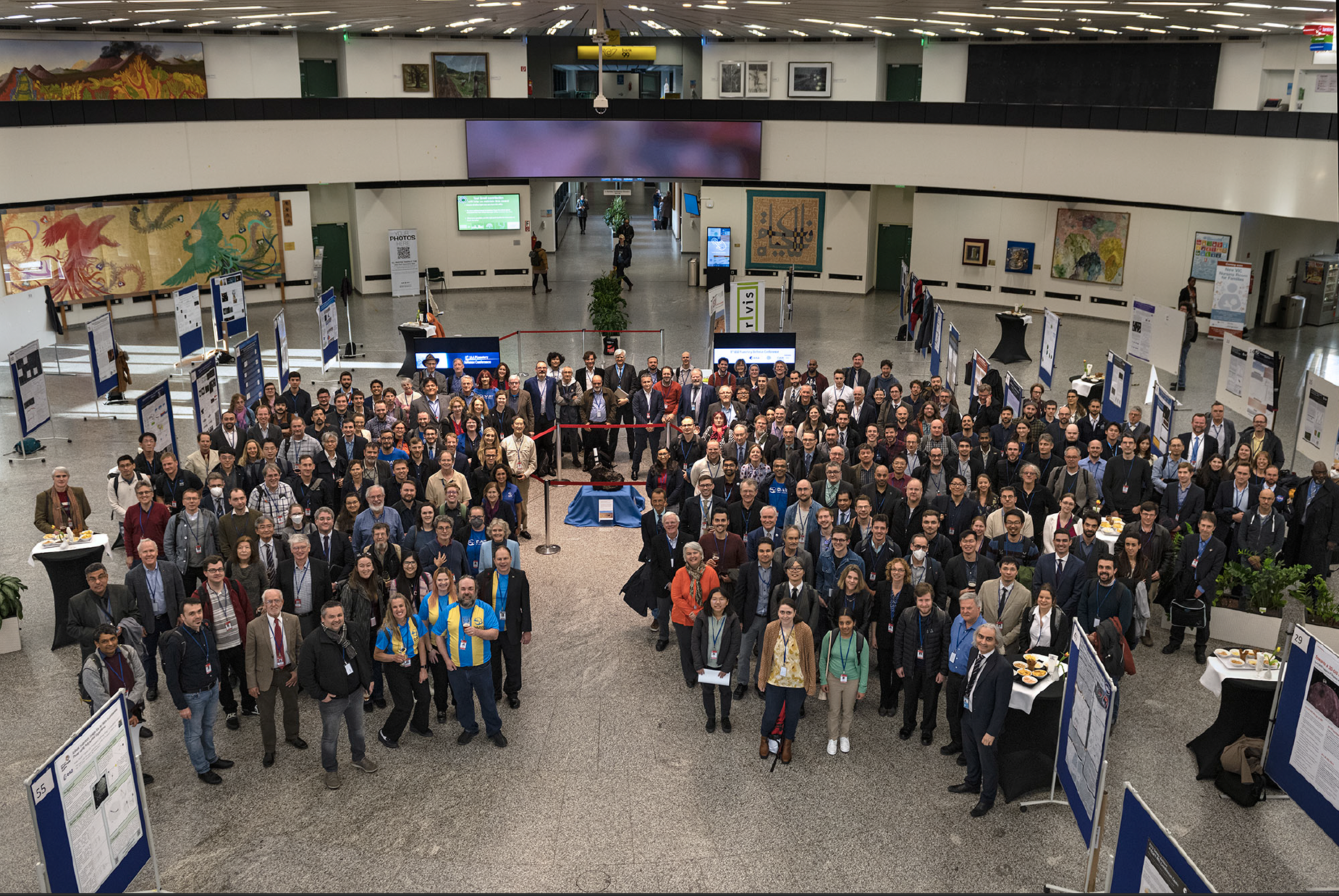Association of Space Explorers |
ASE NEAR EARTH OBJECTS COMMITTEE
Human society faces a long-term hazard from asteroid and comet impacts on Earth. The chances are 100% that our planet will be struck again by a large near-Earth object (NEO), and we have discovered only a tiny fraction of the million or so objects capable of destroying a city. Recognizing the threat posed by hazardous NEOs, the ASE, as an international association of influential space fliers, is active in promoting global discussions aimed at a near-term capability to prevent a future damaging impact. The Association formed its Committee on NEOs at its Congress in Salt Lake City in October 2005. The Committee is charged with bringing to the attention of world leaders and key international institutions the threat of asteroid impacts to life on Earth. In an Open Letter of October 14, 2005, the ASE said, in part:
“Due to advances in both the discovery of these objects and in space technology we are aware of the unique fact that these infrequent cosmic collisions are, using advanced space technology, both predictable and preventable. This distinctive and providential characteristic of NEO impacts allows the prevention of these largest of natural disasters, if, and only if, national governments and relevant international institutions understand these inevitable events and act together to prevent their occurrence.”
Panel on Asteroid Threat Mitigation
| Asteroid Threats: A Call for Global Response In 2009, after three years of preparation and four international workshops, the NEO Committee formally submitted their report and recommendations: Asteroid Threats: A Call for Global Response. The report was introduced in the 2009 session of the United Nations Committee on the Peaceful Uses of Outer Space (UN/COPUOS) in Vienna, Austria. Major elements of our Asteroid Threats report/proposal were adopted by the UN General Assembly in 2013, including formation and UN approval of the International Asteroid Warning Network and the Space Missions Planning Advisory Group. These groups link the space-faring nations and international scientific institutions to search for, identify, and track NEOs, and to plan for an eventual deflection mission to prevent a dangerous asteroid/comet impact. ASE attends regular meetings of these groups to further international efforts to find and deal with hazardous asteroids. | ASE NEO Committee Members
|
|
|
|


